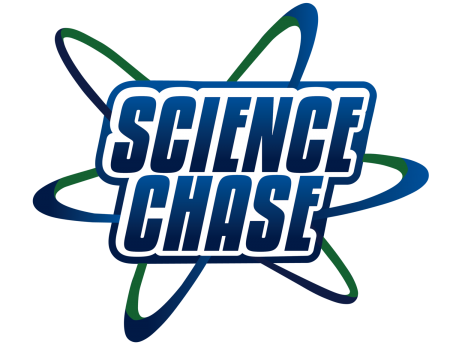April 22, 2015 – The world needs more scientists, more people trained to understand the six principles behind scientific thinking. What are we talking about?
- Correlation – the mutual relationship between two or more things. For example, if we see atmospheric mean temperatures trending up and also see rising carbon dioxide levels that is a correlation. It doesn’t necessarily lead to causation which is our second principle.
- Causation – the relationship between cause and effect often associated with correlation but not necessarily. There can be other variables such as in our example of rising atmospheric temperatures. For example other physical changes could be linked to something like measurable increases in solar radiation. In medicine another example is the correlation between cholesterol levels and coronary heart disease. This correlation without “proving causation” has led to the over-prescribing of statins and today is being disputed as new scientific evidence emerges that indicates cholesterol may not be the cause.
- Falsifiability – or refutability is at the heart of scientific method. A hypothesis is proposed and an experiment is devised to prove it or declare it false. Almost every modern scientific discovery begins this way. Darwin’s theory of evolution began with a hypothesis described with copious amounts of evidence in “The Origins of the Species” The Big Bang origin of the Universe is a hypothesis that continues to undergo testing by physicists trying to poke holes in the theory. Einstein’s general relativity theory continues to drive advances in physics as scientists test its axioms.
- Replicability – an experiment to prove or disprove a hypothesis should be replicable. That means we should the same results when we repeat the study exactly. For example, when Fleischmann and Pons first hypothesized cold fusion from an experiment of their own devising, others tried to replicate the same results with little to varying success. To date it remains controversial.
- Extraordinary claims – science looks at hypotheses through the eyes of skeptics. Extraordinary claims require extraordinary evidence. When Einstein turned Newtonian physics upside down in the early part of the 20th century, it was a field trip to study a solar eclipse that proved his claim that space was warped by the objects residing within it because of gravity. Light passing near the object could be bent. Science isn’t religion and those who equate what they observe in the physical as supernaturally-derived would be said to be making extraordinary claims. These would require the exercise of falsifiability.
- Ockham’s razor – derives from the Franciscan friar, William of Ockham, who lived in England in the 14th century and stated “pluralitas non est ponenda sine neccesitate” which translates from Latin to Engilish as “plurality should not be posited without necessity.” What Ockham was proposing is, if there are two explanations for a phenomenon, the simplest one is usually correct. Called the principle of parsimony, today it underlies all scientific method. It is behind every hypothesis, every experiment, and everything scientists do.
On Saturday, May 9th of this year, Science Rendezvous, an organization founded to promote scientific thinking and to get youth interested in science careers, is hosting the Science Chase. The event is designed to be like the television reality series, The Amazing Race. It takes place in Toronto, my home town. Teams of two are required to solve a series of science challenges in a limited amount of time while racing to a finish line.
To be eligible you have to be 16 or older. Each challenge must be successfully completed. A team that fails to complete a challenge may be eliminated. The team that reaches the identified finish line first will be declared the winner. Teams can ask for help from the general public, or use their mobile and Internet-enabled devices to help solve each challenge. Travel between challenges is by foot only with the winners getting a cash prize as well as media publicity. The exact amount has yet to be disclosed. But to win you need to enter by going to the website.
This is one of many ways to inspire young people to embrace science. LEGO sponsors the FIRST LEGO League with teams competing from all over the world. Hydro One here in Ontario sponsors its Science Olympics. If you know of programs in your cities please let us know and we will publish them here.
For readers of this blog in the Greater Toronto Area, however, Science Chase, is an event that will give local youth a wonderful opportunity to use scientific thinking. So please spread the word.
For those of my many thousands of readers spread around the globe, maybe this will inspire some of you to create your own versions of the Science Chase to give your youth the joy of science.
















